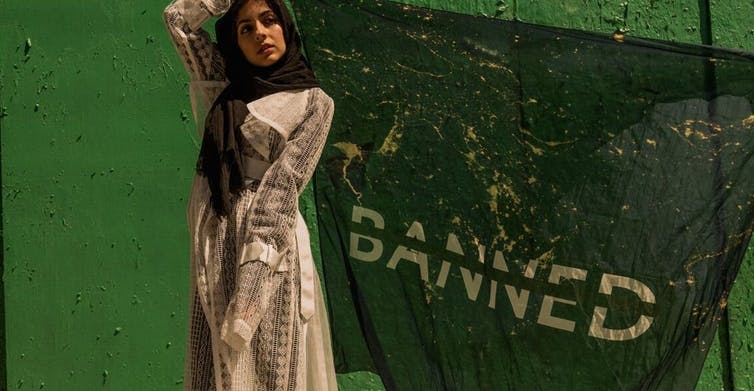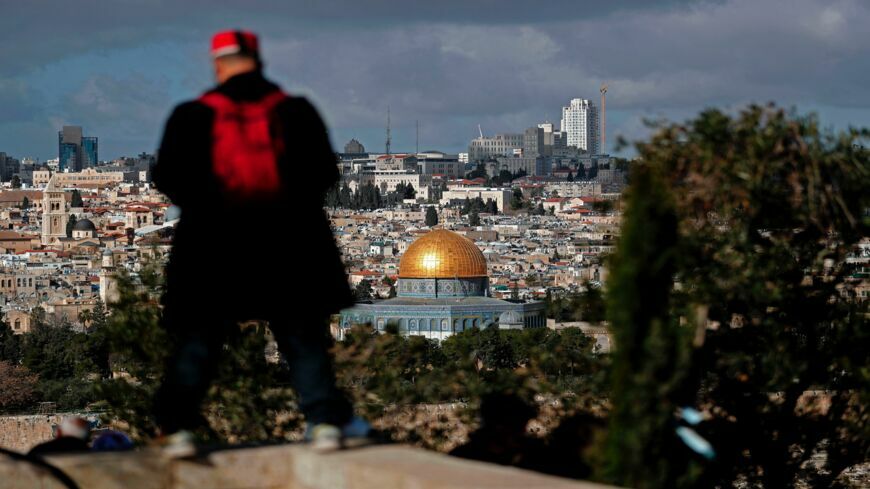
Contemporary Muslim Fashions opened earlier this fall at the de Young Museum in San Francisco and is said to be the first major museum exhibit that explores Islamic culture within a fashion context. Scholar Liz Bucar (Associate Professor of Philosophy and Religion at Northeastern University) has studied modest fashion for over a decade and says that “a deeper understanding of Muslim women’s clothing can challenge popular stereotypes about Islam.”
Below are three takeaways directly from the scholar:
1. Modesty is not one thing and does not look the same everywhere
– “The Iranian penal code requires women to wear proper Islamic clothing in public, although what that entails is never defined… Yet even under these conditions of intense regulation and scrutiny, women wear a remarkable range of styles, from edgy ripped jeans and graphic tees to bohemian loose flowy separates.”
– “Indonesia is the most populous Muslim nation in the world, but Indonesian women did not wear head coverings or modest clothing until about 30 years ago. Today local styles integrate crystal and sequin embellishments. Popular fabric choices include everything from pastel chiffon to bright batik, which is promoted as the national textile.”
– “When it comes to Turkey, for much of the last century authorities discouraged Muslim women from wearing pious fashion, claiming these styles were ‘unmodern’ because they were not secular. That changed with the rise of the Islamic middle class, when Muslim women began to demand an education, to work outside the home and to wear modest clothing and a headscarf as they did so. Today local styles tend to be tailored closely to the body, with high necklines and low hemlines and complete coverage of the hair.”
2. Muslim women don’t need saving
“… a number of women who use their clothing to express their identity and assert their independence. Tari is an Indonesian college student who covers her head at her parents’ objections. Her parents worry that a headscarf will make it harder for Tari to get a job after graduation. But for Tari, whose friends all cover their hair, her clothing is the primary way she communicates her personal style and her Muslim identity.”
3. Muslims contribute to mainstream society
“To be hip today is to dress in culturally inclusive ways, and this includes modest styles created by Muslim designers and popularized by Muslim consumers. Fashion makes it clear that Muslims are not only part of mainstream society, they are contributors to it.”



